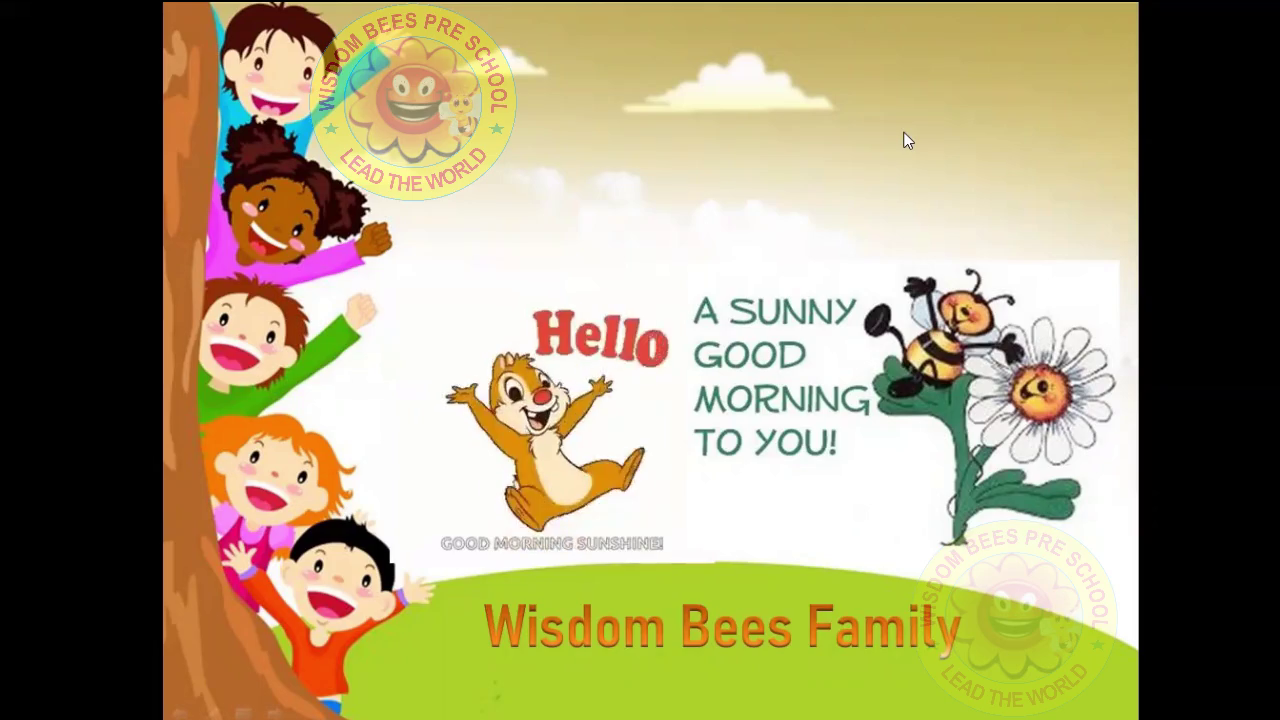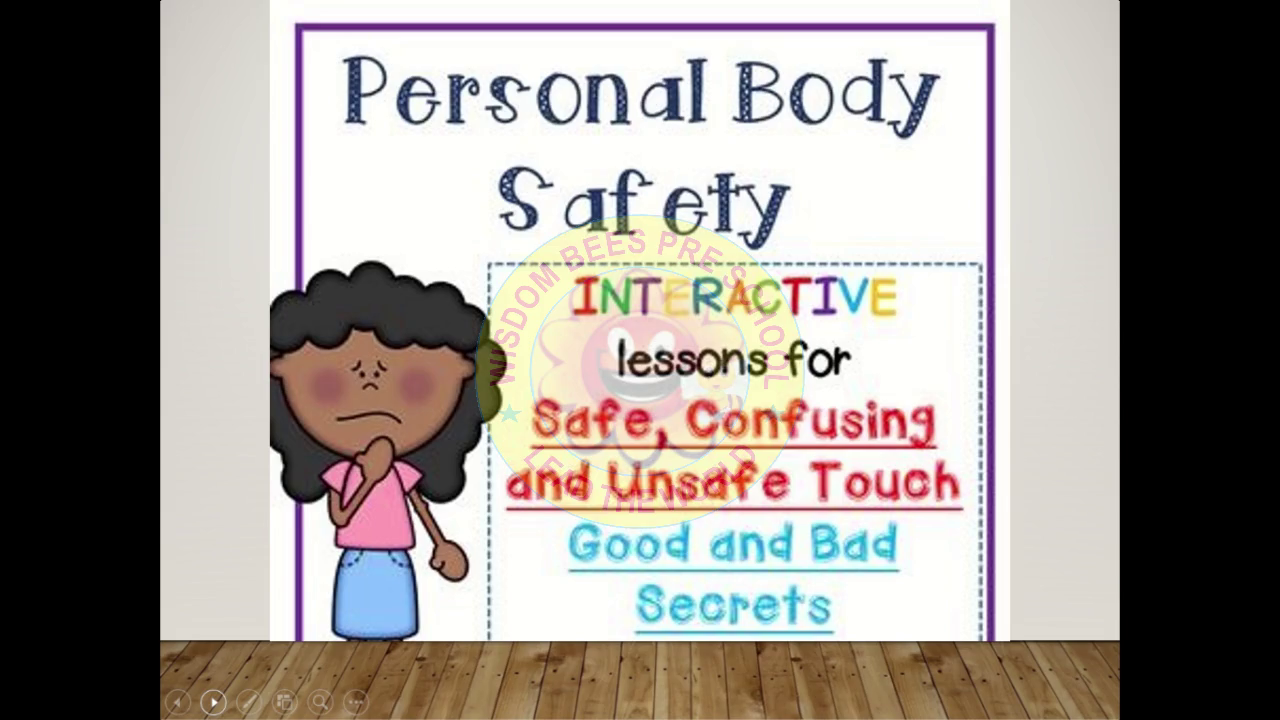Video is one of the best ways to provide an effective personalized learning experience. Video-based learning easily attracts any child or student. A combination of speech, text and images makes it easier to get to the point much faster.
This type of video content offers a higher degree of visualization in kids. When pairing audio with text, it is easier for little brains to comprehend and remember a message.
Video content makes a child connect faster with academics. Our effective educational videos significantly improve the memory process in kids by facilitating thinking in the manner of asking questions which leads a child to have better research skills, collaboration and problem-solving skills.
Learning through video sparks curiosity and promotes the development of a prominent skill called elastic thinking.
There are some pedagogical benefits of using video and education are
-
Increased child motivation
-
Enhanced learning experience
-
Development of potential and profound understanding of the concept
Children who are thought to ask questions tend to learn a more significant amount of facts. They also learn with greater enthusiasm. Asking questions sometimes prompts a debt or thought-provoking conversation, leading children to learn, react and respond more actively than passively!
Watching visually – captivating material at home prepares children better for the next class. They will engage more, draw better conclusions, and most importantly – learn more.
Expand your child’s knowledge and strengthen critical skills using videos from WBS that are tailored to your child’s individual academic needs.
We are constantly adding to our collection! Check back often for updates and new videos!
Enjoy Happy Learning at WBS
Bridge course GA class one
Interactive activities are fun for kids and also provide numerous benefits for a child’s physical well-being, learning, and social and behavioral skills. By making playtime educational, kids can learn important lessons while still having a great time. Interactive learning also provides space for kids to bond with those around them and can encourage a lifelong interest in learning by making the experience enjoyable and engaging.
With interactive classes, one can have greater control over one’s learning environment, which in turn helps one get a deeper understanding of the subject being taught.
Interactive classes for kids are examples that technology, such as e-learning, can offer to your kid. Recently, it has garnered attention from many parents, as they provide undivided attention from a teacher to a student, resulting in a significant increase in lesson quality.
So, as we scramble to keep our kids busy for the next few weeks and potentially months of school closures and social distancing, you’re probably also wondering how useful online learning actually is.
Bridge course GA class two (part one)
In current days, we hear a lot about child abuse and molestation from newspapers and media. Every single day, when we read newspapers, watch the news, or use the internet, there is always news of young children (both boys and girls) being sexually abused by an adult around them whom they trust or a stranger. The problem is that they do not even realize that something wrong had happened to them. In India, this is widely spreading and occurs both within and outside a family circle. A study says there is one in nine girls and one in 53 boys are abused sexually before the age of 18 years.
Bridge course GA class two (part two)
About 90% of victims are sexually abused by the person they know and only 10% of children were abused by strangers (Deb & Mukherjee, 2011). There are many negative consequences of child sexual abuse on children’s mental health, which may even continue throughout their life span. Every day, the safety of children throughout the country is threatened by child abuse. Keeping our future generation safe is not only the responsibility of a family, teacher, any agency, or a professional group rather it is a responsibility of the whole community.
Bridge course GA class two (part three)
About 90% of victims are sexually abused by the person they know and only 10% of children were abused by strangers (Deb & Mukherjee, 2011). There are many negative consequences of child sexual abuse on children’s mental health, which may even continue throughout their life span. Every day, the safety of children throughout the country is threatened by child abuse. Keeping our future generation safe is not only the responsibility of a family, teacher, any agency, or a professional group rather it is a responsibility of the whole community.



